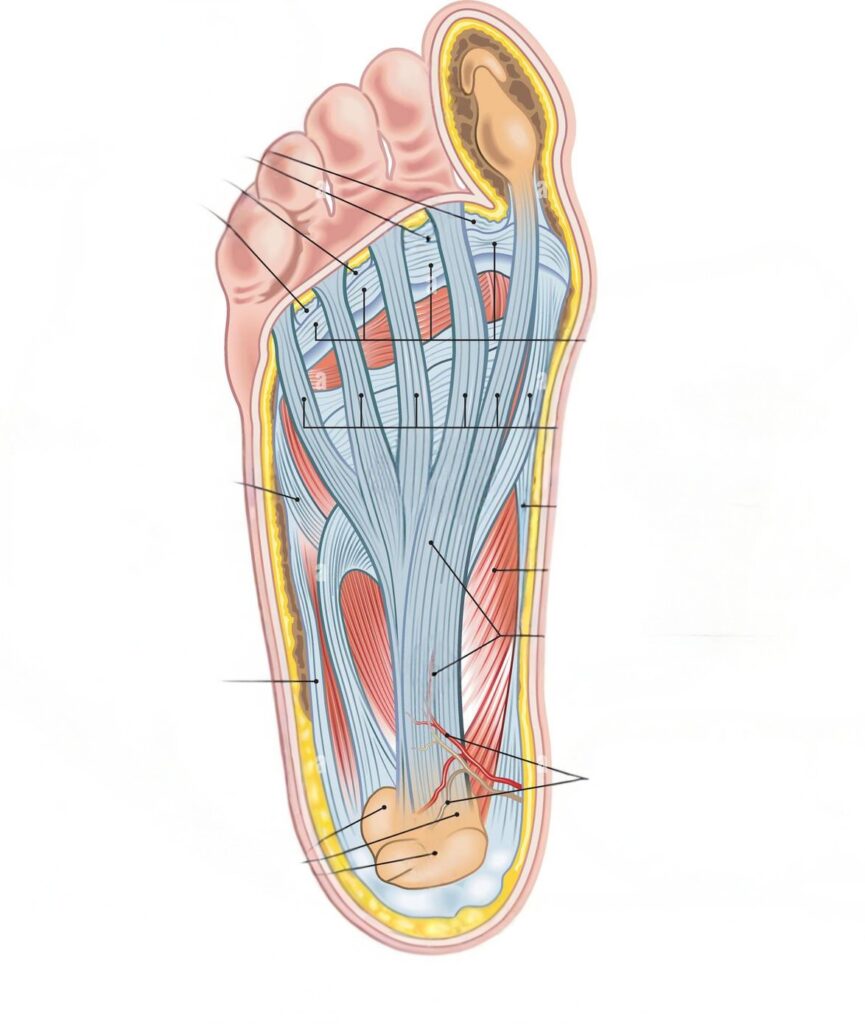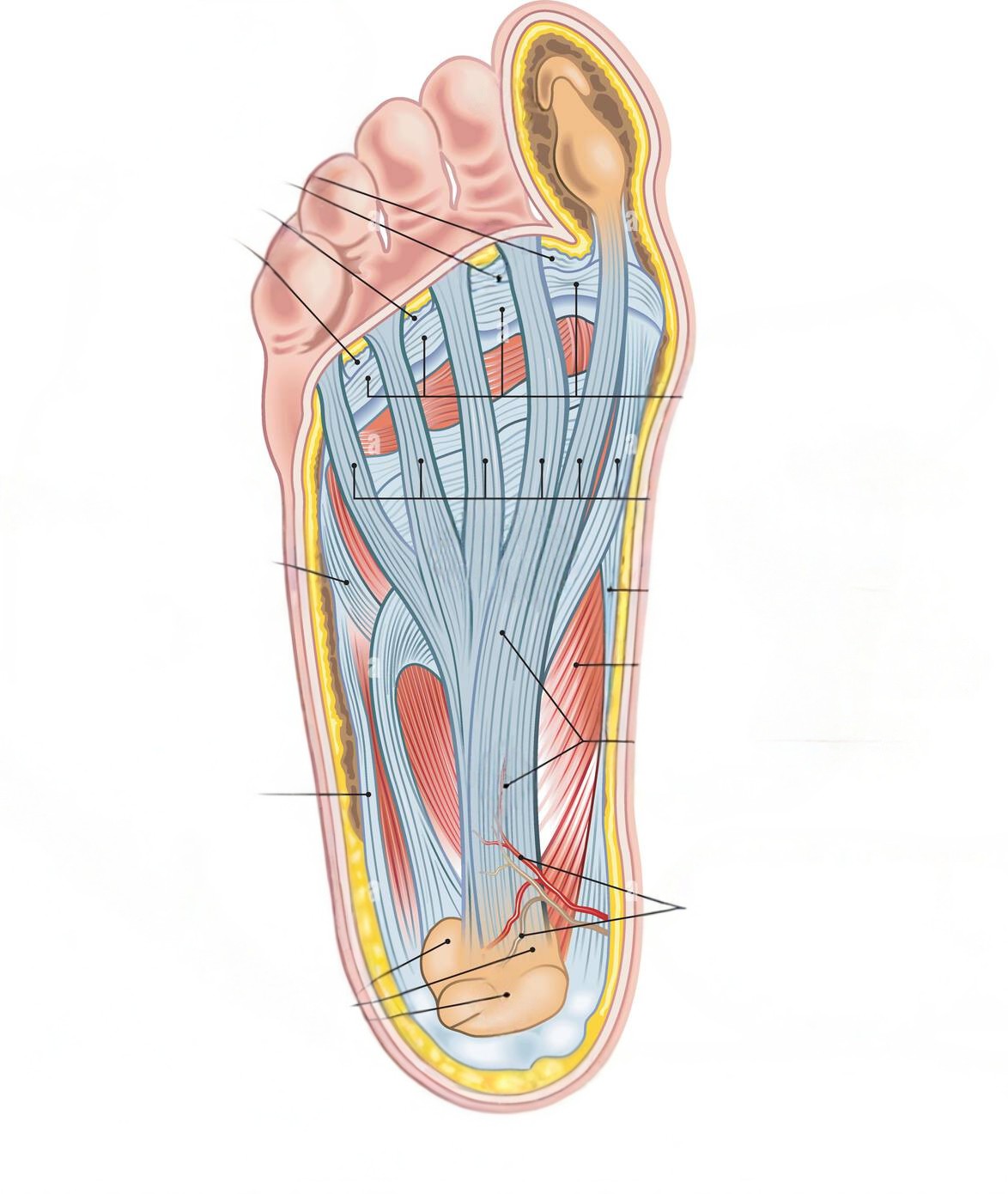
It’s funny how a word like “fascia” barely comes up in everyday chat, until you’re the person wincing in pain every time you move. At We Treat Feet Podiatry, we talk about fascia a lot—because this connective tissue is quietly involved in just about everything your body does. If you’re struggling with pain, stiffness, or your body just feels… off, keep reading. This post sheds light on why fascia matters, especially when it comes to your feet, ankles, and whole-body health.
Book an appointment now and let’s get you moving comfortably again.
What Exactly Is Fascia? (And Why Should You Care?)
Think of fascia as your body’s internal spiderweb. This stretchy, clingy tissue wraps every muscle, bone, and organ, connecting everything from head to toe. When it’s healthy, your fascia lets parts of you slide, twist, bend, and move without friction—almost like oiling up your body’s gears. But if it gets tight, injured, or develops scar tissue, you’ll feel it. Sometimes everywhere at once.
1. Fascia’s Hidden Role in Balance and Movement
This might surprise you: fascia is packed with tiny nerve endings, way more than most people realize. Those nerves help with proprioception, which is just a fancy word for your body’s sense of position and movement. Ever closed your eyes, stuck out your arm, and still knew where your hand was? That’s your fascia talking directly to your brain—keeping you balanced, graceful, and aware. When fascia stiffens up, some folks find themselves suddenly clumsy, dizzy, or feeling “crooked” even if nothing looks wrong.
2. Scar Tissue: How Healing Can Hinder
Here’s the thing about injuries and surgery: your body heals, but sometimes it overdoes it. Scar tissue forms, especially after big surgeries or falls, and this new tissue is usually tougher and less elastic than the original. When scarred fascia doesn’t glide smoothly over your muscles or bones, it can “stick,” leading to pain, tightness, and less mobility. Some people even change the way they walk because of this, which can set off a domino effect in your joints—ankles, knees, hips, you name it.
3. The Best Hands-On Treatments for Fascial Pain (Especially Over 50)
If you’re over 50 and notice more stiffness or hip pain, hands-on therapy for fascia might be the missing puzzle piece. At We Treat Feet, we often use gentle myofascial release—slow, steady pressure to coax tight fascia into letting go. Assisted stretching, trigger point work, and guided movements are part of the toolkit to safely restore normal function. Our golden rule: start slow, listen to pain signals, and never force it. Consistent sessions can loosen things up, ease your pain, and make daily life feel possible again.
4. Rolfing and Structural Integration: Not Always First Choice
Maybe you’ve heard of Rolfing or structural integration. These methods get rave reviews from some, but honestly, they aren’t everyone’s cup of tea—especially not at the start. While Rolfing aims to reshape the whole body’s connective tissue, it can be intense, even painful. For older adults or those sensitive to hands-on work, gentler fascial techniques tend to be safer and more tolerable. Still, there are times when deep, targeted work like Rolfing is exactly what’s needed for stubborn, long-term fascial issues.
5. Does Fascia Hold Emotion? An Open Conversation
Now we’re wading into deep waters. Some researchers and therapists believe fascia can actually “store” emotional memories or trauma. Sometimes, when people receive fascial treatment, they report feeling unexpected waves of emotion—relief, sadness, or even old memories resurfacing. The science is still fuzzy, but there’s no denying: body and mind are woven together, and releasing one can sometimes set the other free. At We Treat Feet, we honor these experiences and keep the conversation open and judgement-free.
Ready to Feel the Difference?
Fascia isn’t just medical jargon—it could be the missing link in your healing journey. Whether you’re nursing an old injury, battling with chronic pain, or just trying to get your flexibility back, don’t ignore the silent work your fascia does every day. We’re here to help you understand, treat, and care for this overlooked but vital tissue.
Have questions? Want to experience hands-on fascial care? Contact We Treat Feet Podiatry and put yourself in expert hands.

For more science-backed info on fascia, visit Fascia Guide and Physiopedia’s fascia article. Want to learn more about myofascial techniques and the latest plantar fasciitis solutions? Check out our We Treat Feet Podiatry Blog.
Fascia and Foot Health: Frequently Asked Questions
Q: What is fascia, and why is it important in the foot?
A: Fascia is a network of connective tissue that wraps around muscles, bones, and organs throughout your body. In your foot, the plantar fascia supports the arch, helps absorb impact, and keeps everything in place. Healthy fascia supports movement, balance, and strength.
Q: How does fascia affect foot pain and stiffness?
A: Tight, inflamed, or injured fascia—like in plantar fasciitis—can cause sharp pain, especially in the heel or arch. Scar tissue or chronic tension in the fascia can make your foot feel stiff and limit flexibility.
Q: What is plantar fasciitis, and what causes it?
A: Plantar fasciitis happens when the plantar fascia becomes inflamed due to overuse, poor footwear, or biomechanical problems. This condition leads to heel pain that’s usually worse in the morning or after periods of rest.
Q: Can fascia impact my balance and coordination?
A: Yes. Fascia contains lots of nerve endings involved in proprioception—the sense of where your body is in space. When fascia is healthy, it helps you keep balance and move smoothly; when it’s tight or damaged, you might feel unstable or clumsy.
Q: How do you treat fascial problems in the foot?
A: Treatments often include hands-on therapy like myofascial release, stretching, and sometimes orthotics to support proper movement. Consistent care can restore mobility and decrease pain.




